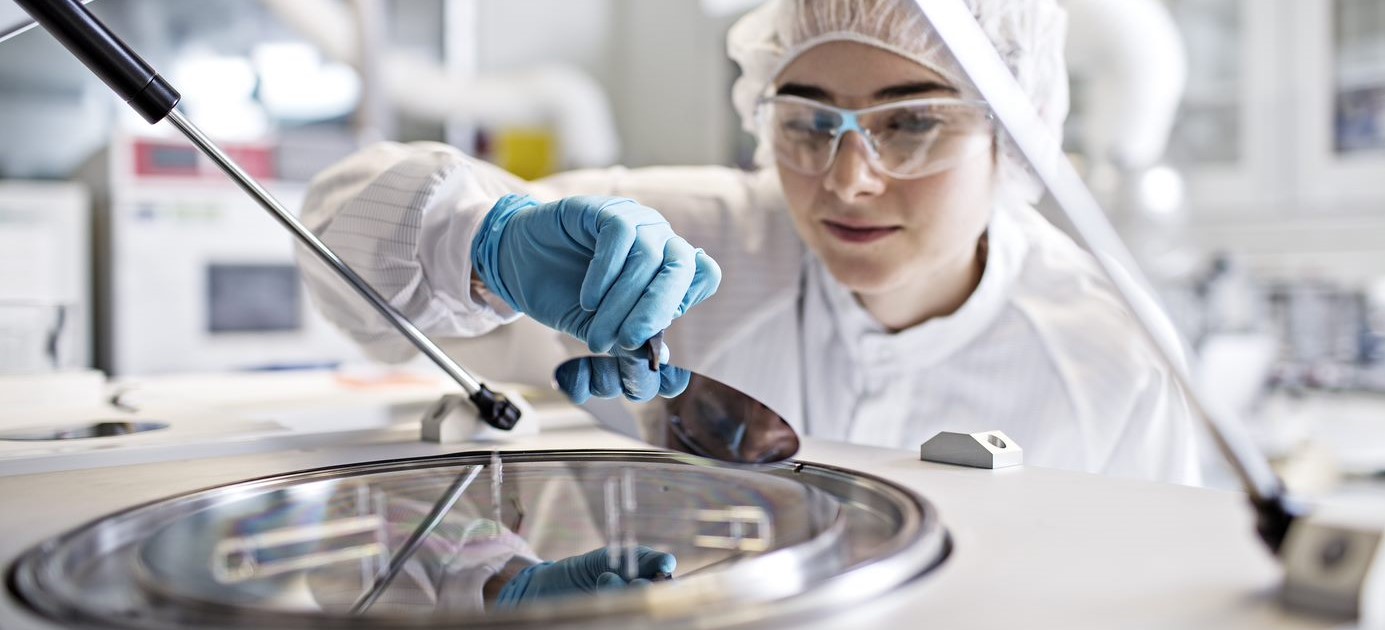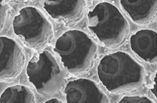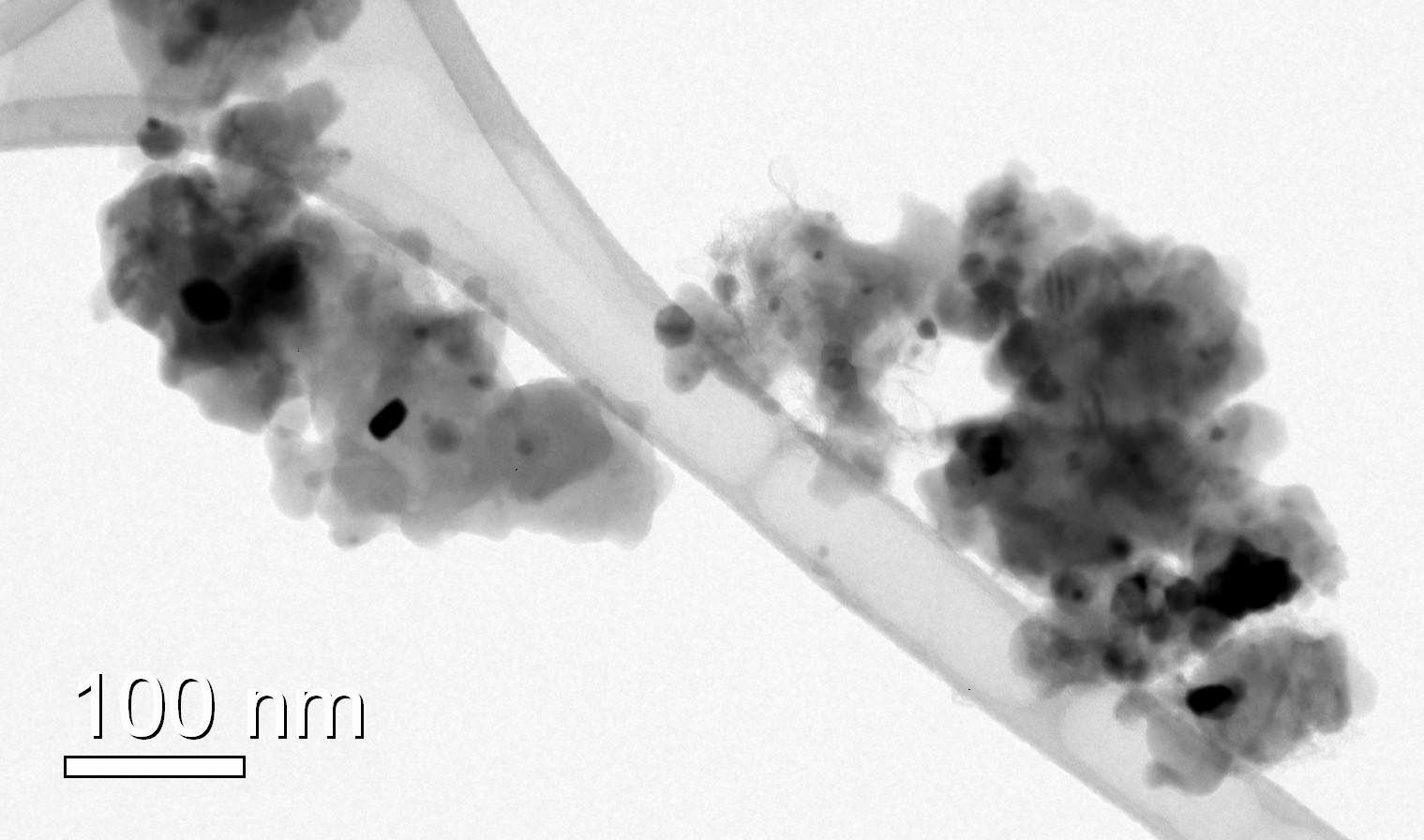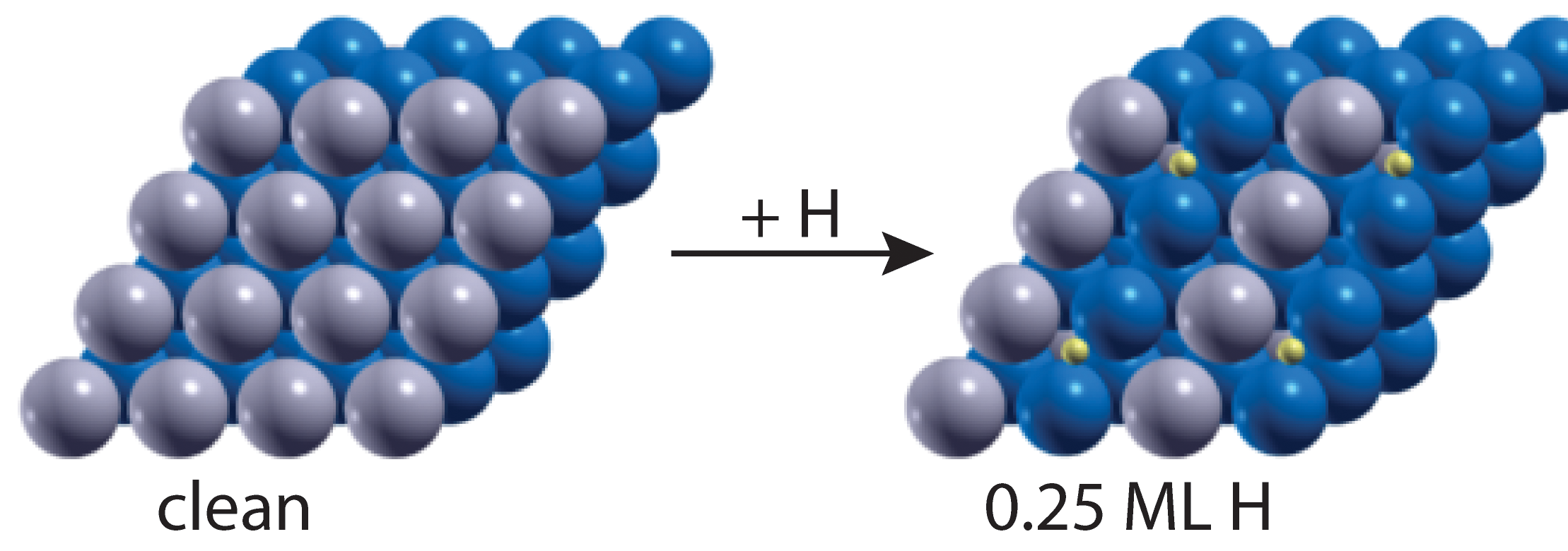Nanostructured materials - NTNU Nano
Nanostructured materials

Norway is one of the worlds leading exporter of many types of materials. The goal is to develop new functional materials with special designed properties. Nanotechnology plays an important role in this work.
By controlling the construction of the materials on the atomic level, new and improved mechanical, chemical and / or optical properties may be developed. Both surfacestructure and particle size on the nanoscale are of great importance in this context. Development of new theories and models, as well as charaterization methods are important in order to understand the relationship between structure and function.
Research at NTNU focuses on a broad field of nanostructured materials: eg. metal- and ceramic based materials, polymers, hybrid materials, nanocomposites, carbon nanostructured and soft and cellular biomaterials.
Examples of our research
Synthesis and properties of silicon/magnesium silicon nitride diatom frustule replicas
 Diatoms are single-celled algae which produce nanostructured silica (SiO2) "frustules" that present special optical
Diatoms are single-celled algae which produce nanostructured silica (SiO2) "frustules" that present special optical  properties induced by their intricate 3D morphology, making them very interesting for light harvesting purposes. Diatom frustule replicas mainly consisting of magnesium silicon nitride and nanocrystalline silicon have been prepared and their optical bio-synthesized and their optical properties characterized.
properties induced by their intricate 3D morphology, making them very interesting for light harvesting purposes. Diatom frustule replicas mainly consisting of magnesium silicon nitride and nanocrystalline silicon have been prepared and their optical bio-synthesized and their optical properties characterized.
Read more about this here.
Nanostructured Li2FeSiO4/C synthesized by a modified sol-gel method
 Li2FeSiO4/C composites used as cathode materials in Li-ion batteries have been synthesized by a modified sol-gel process. The process is water-based and uses environmentally friendly precursors.
Li2FeSiO4/C composites used as cathode materials in Li-ion batteries have been synthesized by a modified sol-gel process. The process is water-based and uses environmentally friendly precursors.
Read more about this here.
One-pot synthesis of gold nanoparticle functionalised mesoporous silica
 Gold nanoparticle functionalised materials are good catalysts for many reactions, especially in liquid phase. The main challenge is to obtain materials in which the nanoparticles are homogenously dispersed, well bound to the support surface and still accessible for the substrates.
Gold nanoparticle functionalised materials are good catalysts for many reactions, especially in liquid phase. The main challenge is to obtain materials in which the nanoparticles are homogenously dispersed, well bound to the support surface and still accessible for the substrates.
Read more about this here.
Environmentally friendly preparation of transparant conducting ITO thin films
 Transparent conducting indium tin oxides (ITCO) have been prepared by an environmentally friendly spin coating technique.
Transparent conducting indium tin oxides (ITCO) have been prepared by an environmentally friendly spin coating technique.
Adsorbate-induced segregation in a PdAg membrane model system
 Segregation effects of a reactive environment on the (surface) structure and composition of PdAg membranes have been simulated by calculations of the electron structure of PdAg crystals provide a better understanding of how the adsorption of H2, CO or O2 on the surface is affected by the distribution between Pd and Ag in the topmost atomic layer and vice versa.
Segregation effects of a reactive environment on the (surface) structure and composition of PdAg membranes have been simulated by calculations of the electron structure of PdAg crystals provide a better understanding of how the adsorption of H2, CO or O2 on the surface is affected by the distribution between Pd and Ag in the topmost atomic layer and vice versa.
Read more about this here.
Controlled graphene formation on semiconductors
 In this project, a method for growth on diamond and SiC at moderate temperatures, by making use of a chemical intermediate (in this case Fe/FeSix) has been developed.
In this project, a method for growth on diamond and SiC at moderate temperatures, by making use of a chemical intermediate (in this case Fe/FeSix) has been developed.
Read more about this here.
